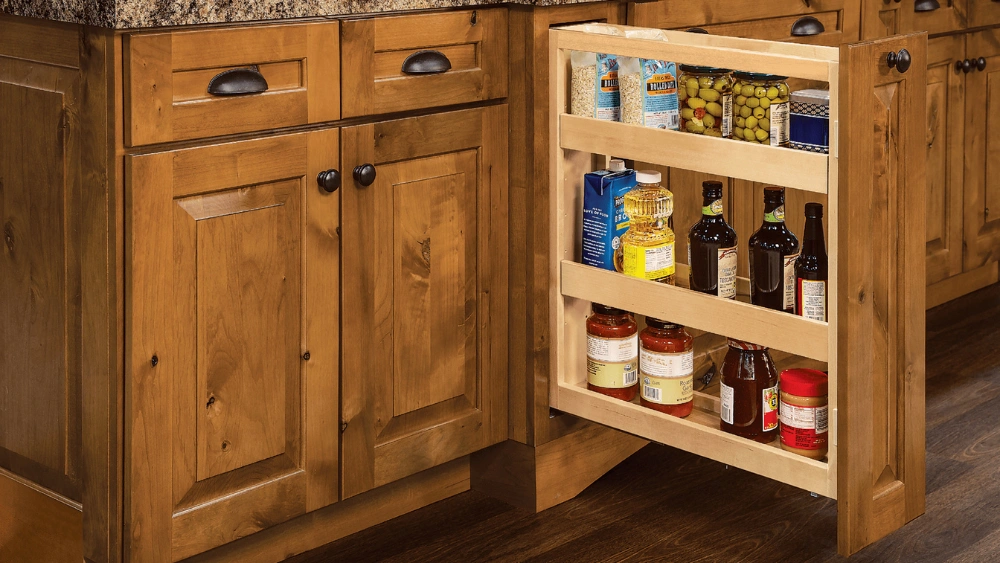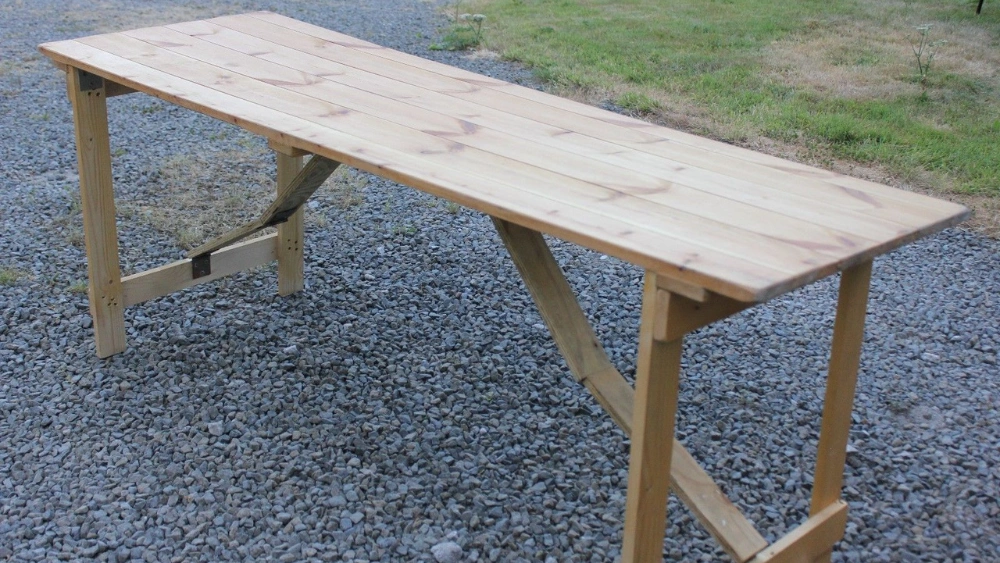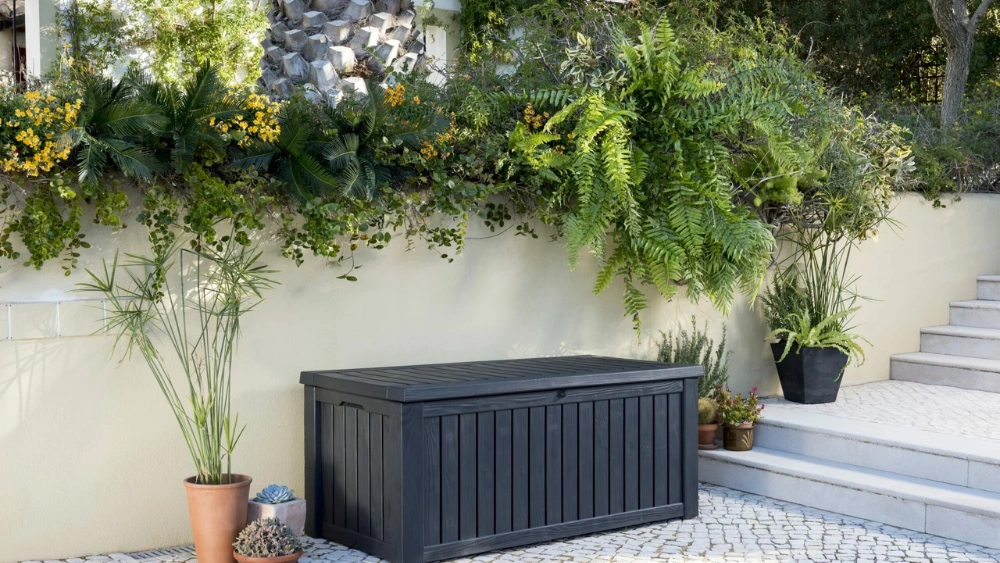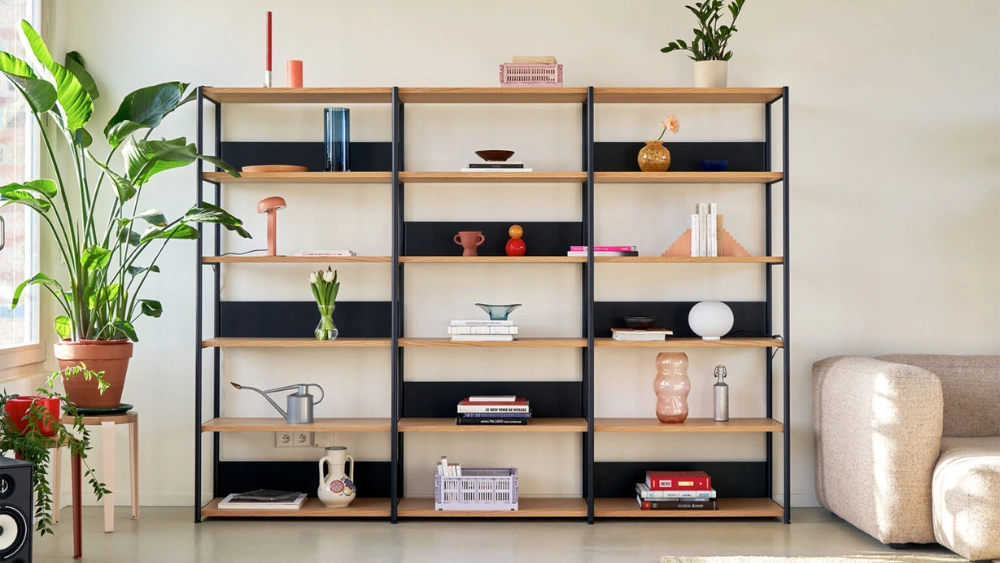Are you struggling to organize your kitchen and make the most of every inch of space? A skinny pull out pantry bottom kitchen cabinet might be exactly what you need.
This smart solution fits into narrow spaces and keeps your items neat, accessible, and easy to find. Imagine opening your cabinet and having everything right at your fingertips without any clutter. You’ll learn simple steps to create your own pull out pantry that transforms your kitchen storage and makes cooking more enjoyable.
Keep reading to discover how easy it is to upgrade your kitchen with this clever idea!

Credit: nelsonkb.com
Choosing The Right Materials
Choosing the right materials is key for making a skinny pull out pantry bottom kitchen cabinet. The materials affect durability and ease of use. Good choices also help the cabinet look great in your kitchen.
This guide will cover types of wood and hardware essentials. These parts make up the frame and function of your pull out pantry cabinet.
Types Of Wood
Wood type affects strength, weight, and style of your pantry cabinet. Choose wood that suits your budget and kitchen decor.
- Pine:Affordable and easy to work with. It is soft and may dent easily.
- Oak:Very strong and durable. Has a classic look with visible grain.
- Birch:Smooth and sturdy. It paints well and resists wear.
- Maple:Hard and dense wood. It has a fine texture and lasts long.
- Poplar:Lightweight and budget-friendly. It paints nicely but is softer than hardwoods.
Hardware Essentials
Hardware parts let your skinny pull out pantry work smoothly and hold weight safely. Good hardware makes pulling out and pushing back easy.
| Hardware | Purpose | Features |
| Drawer Slides | Allow smooth pull out and push in | Ball bearing slides are quiet and strong |
| Handles or Pulls | Make it easy to grab and open | Should match kitchen style and be comfortable |
| Screws and Brackets | Hold parts together securely | Use rust-resistant screws for kitchen durability |
| Soft-close Mechanism | Prevents slamming when closing | Adds smooth and quiet closing action |

Credit: pantrydrawersonline.com.au
Measuring And Planning
Creating a skinny pull-out pantry in your kitchen can save space. It also makes it easier to access items stored inside. Before starting the project, careful measuring and planning are essential.
Consider the dimensions of the cabinet and the size of the pull-out mechanism. This ensures everything fits perfectly and functions smoothly.
Cabinet Dimensions
Measure the height, width, and depth of the space available for the cabinet. This helps in selecting the right size for your pantry. Make sure to account for any obstructions like pipes or electrical outlets.
| Measurement | Importance |
| Height | Ensure it fits under the countertop |
| Width | Must not block other cabinets |
| Depth | Allows full pull-out without hitting walls |
Pull-out Mechanism Size
The pull-out mechanism is crucial for the pantry’s functionality. Choose a mechanism that matches your cabinet’s dimensions. This ensures smooth operation and ease of use.
- Check the manufacturer’s specifications for installation space.
- Ensure the mechanism can support the weight of stored items.
- Consider the ease of installation and maintenance.
Building The Pull-out Frame
Building the pull-out frame is the key part of making a skinny pull-out pantry bottom cabinet. The frame holds the shelves and slides smoothly in and out of the cabinet.
This guide will focus on cutting the wood pieces and assembling the frame. Follow each step carefully to get a strong and functional pull-out frame.
Cutting Wood Pieces
Start by measuring your cabinet’s inside width, height, and depth. Use these numbers to cut the wood pieces to size. Choose sturdy wood like pine or plywood for durability.
You will need pieces for the sides, bottom, and shelves of the frame. Cut the side pieces the full height of the cabinet minus space for the bottom board. Cut the shelves to fit between the side pieces.
- Two side pieces matching cabinet height
- One bottom piece matching cabinet width and depth
- Two or more shelves sized to fit inside frame
- Optional back piece for extra support
Assembling The Frame
Begin by attaching the shelves to the side pieces. Use wood glue and screws for a strong hold. Keep the shelves evenly spaced for good storage.
Next, attach the bottom piece to the sides. Make sure the frame is square by checking corner angles. Sand any rough edges for smooth sliding.
- Apply wood glue to shelf edges
- Secure shelves with screws into side pieces
- Attach bottom piece with screws and glue
- Check frame corners with a square tool
- Sand edges to avoid splinters

Credit: heathershandmadelife.com
Installing And Finishing Touches
Installing a skinny pull-out pantry bottom kitchen cabinet requires careful steps. Proper installation helps the cabinet slide smoothly and hold weight safely.
Finishing touches add function and style. Adding handles and organizers makes the pantry easy to use and keeps it neat.
Mounting The Pull-out
First, measure the cabinet space to fit the pull-out perfectly. Use screws and brackets to secure the sliding tracks inside the cabinet frame.
- Attach the sliding tracks to the cabinet bottom and sides.
- Place the pull-out frame onto the tracks carefully.
- Test the sliding action to ensure smooth movement.
- Tighten all screws once alignment is confirmed.
Adding Handles And Organizers
Choose handles that fit the cabinet style and are easy to grip. Install them at a comfortable height on the pull-out front.
| Handle Type | Installation Tip | Style |
| Bar Handle | Use two screws for stability | Modern |
| Knob | Install in center for balance | Classic |
| Recessed Handle | Fit flush with surface | Minimalist |
Organizers like baskets or dividers help separate items inside. Secure them to the pull-out shelves for better use of space.
Frequently Asked Questions
What Materials Are Needed For A Skinny Pull Out Pantry?
You need plywood or MDF, drawer slides, screws, handles, wood glue, and paint or finish. Quality materials ensure durability and smooth operation.
How Do I Measure For A Pull Out Pantry Cabinet?
Measure the cabinet width, height, and depth accurately. Allow space for slides and door clearance to ensure proper fit and function.
Can I Install A Pull Out Pantry Myself?
Yes, with basic carpentry skills and tools, you can install it. Follow step-by-step instructions and safety precautions for best results.
How Much Space Does A Skinny Pull Out Pantry Save?
It maximizes narrow spaces by utilizing cabinet depth. It helps organize items efficiently and frees up countertop and shelf space.
Conclusion
Creating a skinny pull-out pantry bottom cabinet saves space and adds convenience. You can organize kitchen items neatly and reach them easily. The steps are simple and require basic tools. This project fits well in small kitchens or tight spaces.
With a little effort, your kitchen feels more open and tidy. Give it a try and enjoy the extra storage you gain. Small changes make a big difference in daily kitchen use.



